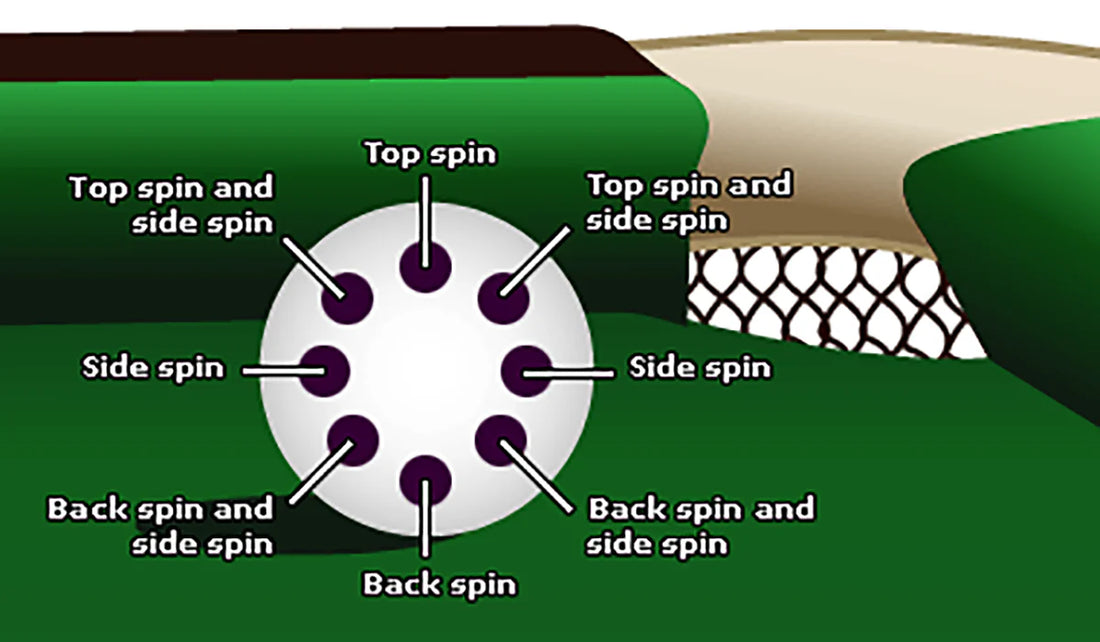
Snooker Skills and Techniques Every Beginner Should Master
How to avoid mishitting shots, find your rhythm, and fall in love with snooker – one goal at a time.
Little Truisms Every New Player Needs to Hear
If you’ve ever watched Ronnie O’Sullivan blast a century break and thought to yourself: “Well, it can’t be that hard, can it?” — welcome to the club. Snooker has a way of looking simple from the sofa. But the moment you chalk up, lean over the snooker table, and miss an “easy” red by a mile, reality hits harder than a misjudged cannonball.
The good news? Every snooker master – from your local league hero to the Crucible pro— was in the same situation as you are now: awkward bridge hands, shaky stances, and more scratches than pots. The real trick is to master the basics, stick to them like glue, and practice them with purpose.
So, grab your cue stick (or treat yourself to a billiard snooker cue that feels like an extension of your arm), and let’s break down the core skills every beginner should master to start playing snooker well.
1. Master Your Stance: Balance is Your Secret Weapon
Your stance is like the foundation of a house — if it’s wobbly, everything else fall down. A solid snooker stance keeps you balanced, stable, and ready to deliver that smooth cue action.
Quick tips:
l Stand with your feet shoulder-width apart.
l If you’re right-handed, put your left foot forward so your cue stick lines up naturally with your chin and the cue ball.
l Distribute your weight evenly — no leaning too far back or tipping forward.
A mirror is your best friend when learning. Watch your stance, adjust, and make it second nature. Once you’ve got a right stance, you’ll spend less time dealing with wobbly shots and more time effortlessly pocketing them like a master.
2. Get a Grip — Literally
A death-grip is great for a rollercoaster, but not for a snooker cue. Beginners often hold the cue butt tightly, as if they are trying to run away. As for your cue grip, most snooker players choose to hold the cue between the first joints of your thumb and index finger. Align your bridge hand inwards, with your fingers pointing up the cue shaft for support.
In reality, your grip should be light yet secure, firm enough to guide the shot, but loose enough to allow your wrist to move freely. Imagine catching a bird: too tight and you’ll crush it; too loose and it’ll fly away. That’s your cue grip in a nutshell.
3. Master a Smooth Cue Action
Many beginners make the mistake of hitting the ball quickly and hard, sending the cue ball flying through the air like a drunken pigeon.
Start by practicing a straight stroke without a cue ball. Use your bridge hand first, moving the cue tip back and forth smoothly while imagining the stroke, feeling the weight of the billiard snooker cue gliding back and forth, straight and natural, feeling the rhythm and fluidity of the movement.
Then add your grip hand so that the two parts of the stroke flow together smoothly, forming one smooth movement, rather than separate movements. The stroke should be as smooth as ballet, with no hesitation points.
Once you get used to the air stroke, you can gradually practice hitting the cue ball gently to get used to the stroke. Keep the movement smooth when you contact the ball, too, so that you don't hit the ball too hard and affect the follow-up. Practicing subtle changes in the stroke before and after will also help you perform better when you need to apply different spin effects later.
The goal? A silky stroke that finishes with your cue tip exactly where you aimed it. Remember, consistency beats power every time.
4. Understand the Cue Ball — Spin Will Be Your Best Friend
One of the most thrilling experiences in snooker is controlling the cue ball. It’s not just about potting the cue ball into the pocket; it’s about getting the cue ball perfectly positioned for your next shot – and the shot after that.
Start by learning the basics:
l Centre shot: Hit the cue ball straight, with no spin — great for straightforward pots.
l Topspin: Hit the ball slightly above centre — the cue ball runs forward after contact.
l Backspin: Hit the ball below centre — the cue ball comes back towards you.
l Sidespin: Apply side spin by angling the club head to the left or right.
Try it. First, practice hitting these spins on the cue ball individually. Notice how each spin affects the trajectory and bounce of the cue ball at contact.
As you work on consistency, practice with an object ball first, and practice shots that leave a shape position. Notice the position of the object ball relative to the cue ball and adjust the angle of the cue tip accordingly. The more you practice, the more the cue ball will feel like an obedient puppy and less like a wild goat.
5. Keep Your Cue Tip in Top Shape
Your cue tip is like the tire on your car — it’s the only part that actually touches the road (or in this case, the cue ball). A worn, flat tip is a recipe for missed shots and wasted chalk.
Regularly trim the tip of your cue to keep it nice and rounded. Apply chalk properly—not just a dab on the top, but twist it properly to evenly cover the surface. And if it’s cheap and crumbles easily? Replace it. Quality leather tips grip the ball better and give you that crisp strike every player loves.
6. Learn Safety Play Early
Here's a secret: playing brilliant snooker well isn't just about pocketing every ball on the pool table. It's also about knowing when not to pocket one. Safety play is what separates a decent player from someone who clears up when you leave them a sniff.
Simple safety shots to practice:
l Thin snicks: Feather the cue ball off the edge of a red ball and send the cue ball up behind the colored balls in the tee area.
l Full ball safety: Play a gentle shot that sends the object ball to the cushion while the cue ball drifts to safety.
l Use the cushions: Learn to nestle the cue ball tight against the cushion. It makes your opponent’s life a nightmare.
l Double Full: A defensive play where the cue ball is struck twice onto the near side of the object ball, deflecting it at an indirect angle.
l Clip/Shock: Gently clipping the cue ball past the obstructing ball at a medium/slow speed to minimize movement.
l Bombard: The cue ball is struck with lightning speed and violently hits the balls, scattering them across the table.
These types of shots should form the backbone of your safe play. In practice, take the time to deliberately practice different shot variations and pay attention to the impact of weight and spin on the results.
Defensive confidence will also improve your offensive ability over time. The sooner you master the art of smart defense, the sooner your teammates will start to praise you for being "cunning" - a compliment in snooker!
7. Break Building: Think Three Shots Ahead
Every new player dreams of stringing together a break that makes the scoreboard tick like a slot machine. The key is simple: don’t just hit the shot in front of you. Think about the next shot in your mind, and then the next one after that.
Watch how the pros do it. They rarely smash cue balls around. Instead, they gently move the cue ball into the perfect position for the next pot. It’s like playing chess on felt — and that’s what makes snooker so addictive.
8. Practice With Purpose (And Keep It Fun)
The best players aren’t necessarily those who spend the longest hours on the pool table, but those who practise the right techniques. Most players need at least 6 months to a year of regular practice time (1-2 hours per week) to have a solid grasp of the basics of stance, grip, stroke, cue ball spin control, and safe shots. Be patient with yourself, as it takes time and repeated practice.
But don’t forget to have fun playing. Challenge your friends, join a league, or just play to relax and clear your head after a busy day. Snooker is not only about the trophies won, but also about the people met and the memories created.
9. Invest in Gear That Grows with You
When you’re ready, upgrade to a cue stick that feels like an extension of your arm. A well-balanced pool cue or billiard snooker cue can genuinely transform your game, giving you the control and feel that cheap cues can’t match.
Your Next Big Break Starts Now
Snooker is a lifelong sport. It requires patience, perseverance, and some bold creativity. Remember, every pro started with a shaky stance and too much sidespin.
You can learn something from every mistake. Every pocket, every miss, every safe shot, and every spin return adds up. The more you learn, the more you’ll fall in love with the craft. Stay patient, stay curious, and remember – even the best billiards cue in the world (like a hand-crafted English pool or snooker cue) is only as good as the hand that guides it.
Keep playing, keep recording, and be proud of every little improvement. The snooker cue is this: get out there, practice smartly, and most importantly – enjoy every minute at the pool table.
